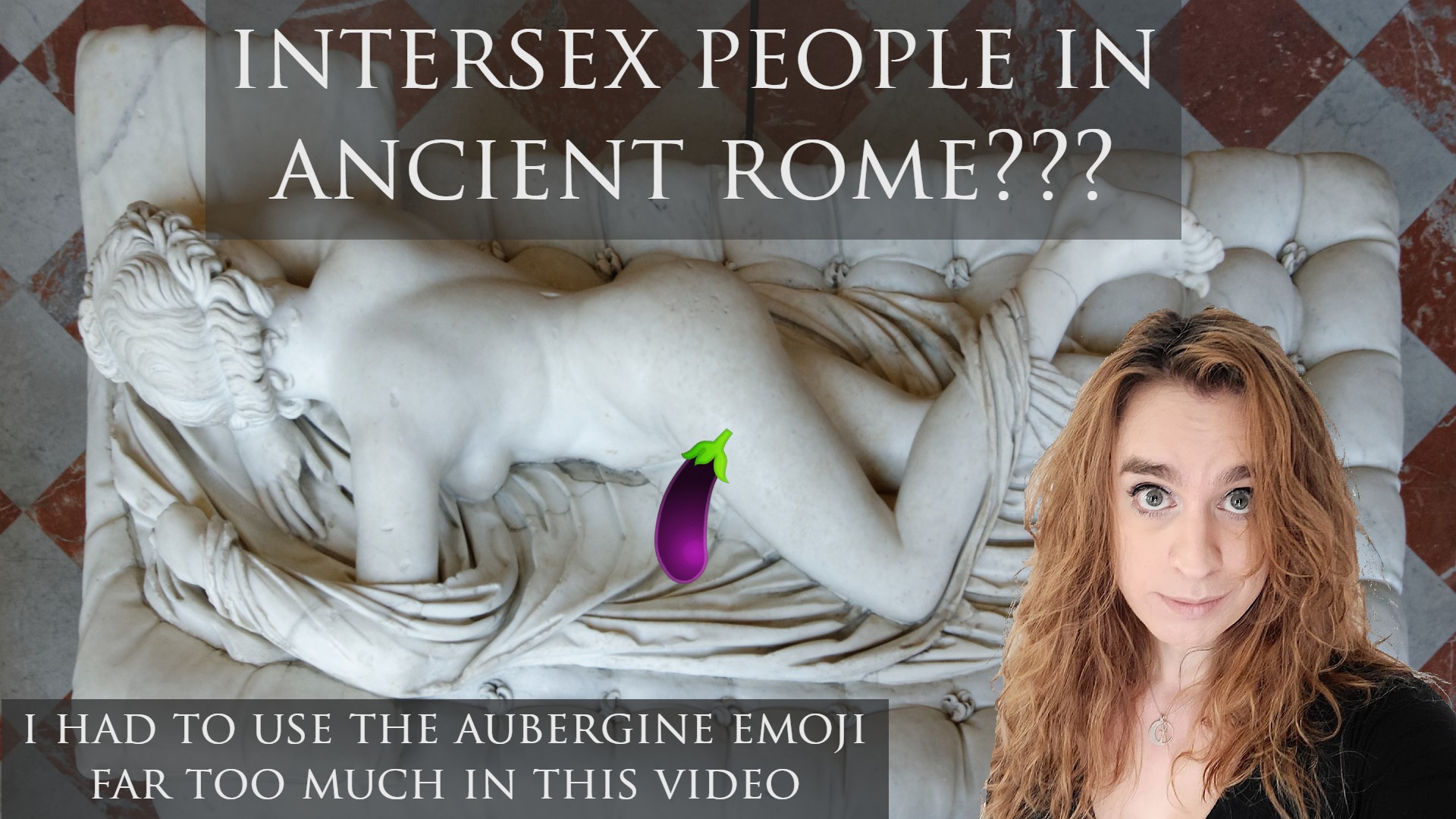As society progresses, gender identities have become more and more specific. But this is a result of modern society.
That doesn’t mean they aren’t valid, but it does mean that the ancients wouldn’t necessarily have shared those views.
Hermaphroditus was the child of Hermes and Aphrodite – hence their name – and modern readings of the myth consider it to be an intersex story. But it doesn’t have to be a story that holds meaning only for intersex people. We can still glean some interesting insights into how the ancients viewed gender, gender roles, and their transgression from it.
Today, we’re going to explore Hermaphroditus from a euhemerist perspective, which is the perspective of assuming myths are extremely exaggerated or distorted descriptions of actual historical events.
Through this lens, we’ll take a look at some of the stories we have throughout history that suggest the existence of at least two different types of intersex people, how the Greeks and Romans interpreted the Hermaphroditus in their art, and why ancient art has so many dicks in it.
Just like transgender people, intersex people have always existed. Let’s take a closer look.
Special thanks to Hans Lindahl, who consulted with me on the script for this video. Get in touch with Hans through the following channels:
► https://hanslindahl.com
► https://youtube.com/c/hihellohans
► https://twitter.com/hihellohans
► https://www.instagram.com/hihellohans/
